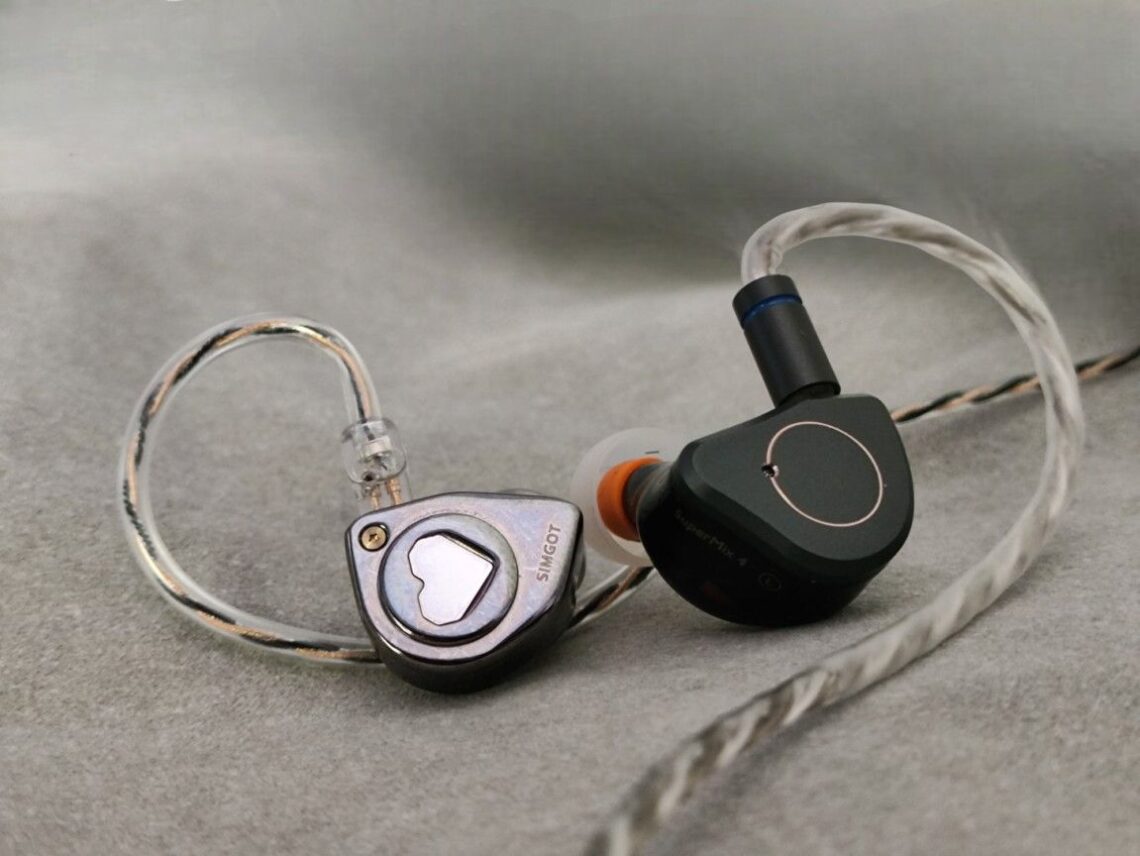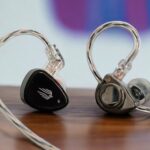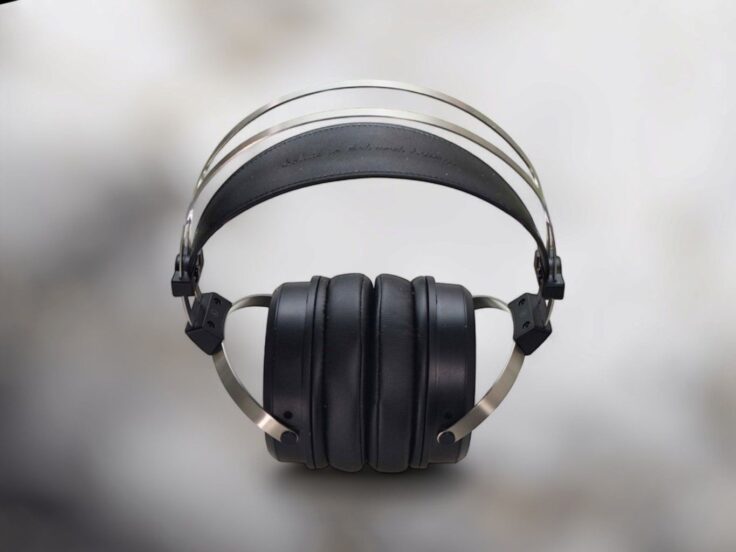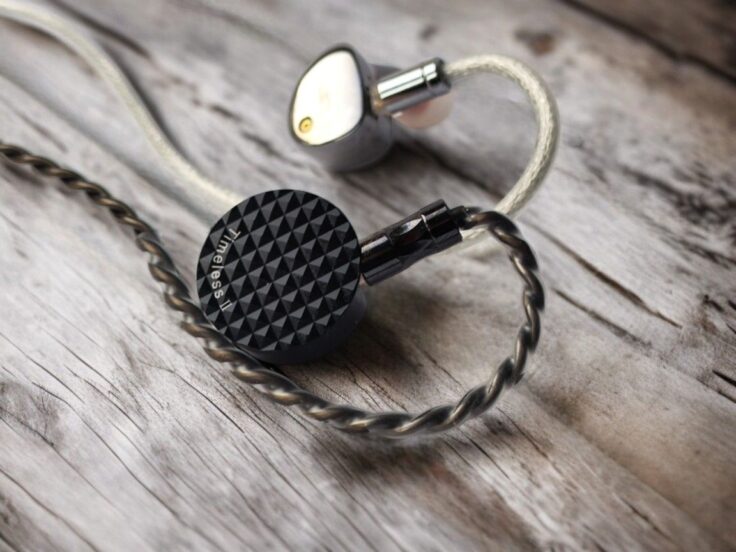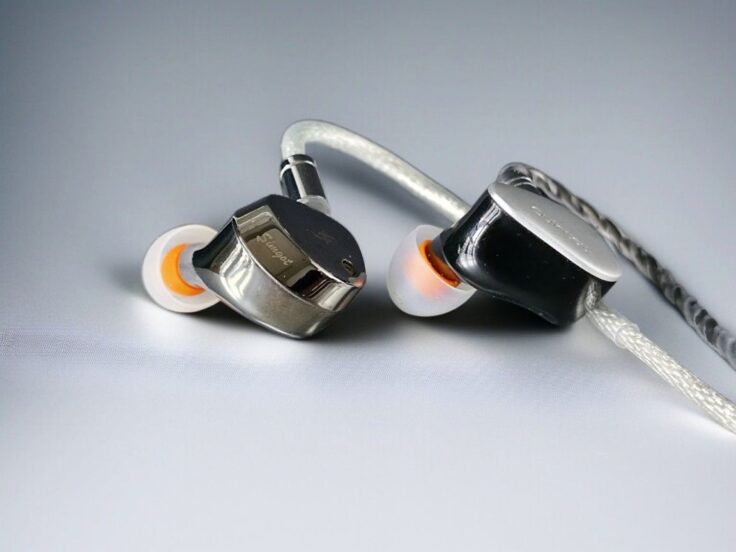Both the SuperMix 4 and the EW300 were released in 2024 and are part of Simgot’s hybrid driver in-ear monitor line.
The EW300 is a $69 tri-brid IEM, combining a 10mm dynamic driver for bass and midrange with two drivers for the treble: a 6mm planar magnetic driver and a piezoelectric driver. It features a compact metal housing, a rated impedance of 28 ohms, and a high sensitivity of 121 dB.
The Simgot SuperMix 4 is a $149 quad-driver hybrid in-ear monitor featuring four different driver types: a dynamic driver for the lows, a large balanced armature driver for the mids, and, like the EW300, a planar magnetic and a piezoelectric driver for the highs. It has a light resin housing, and features an unusually low impedance of 7.2 ohms and a high sensitivity of 120 dB.
SPECIFICATIONS SIMGOT SuperMix 4
- Driver Configuration: 4 drivers: dynamic, balanced armature, planar magnetic, and piezoelectric (1 DD +1 BA +1 Planar +1 PZT)
- Impedance: 7.2Ω ±15% (@1kHz)
- Sensitivity: 120 dB/Vrms (@1kHz)
- Effective Frequency Response: 20Hz-20kHz
- Housing: 3D printed resin
- Cable Material: Litz structure high-purity oxygen-free copper silver-plated wire
- Connector on earphone: 0.78mm 2-pin
- Termination plug: 3.5mm unbalanced plug
Reviewed at $149.99. Check the current price here:
- Linsoul: SuperMix 4
- Amazon: SuperMix 4
SIMGOT EW300
- Driver configuration: 1 dynamic driver + 1 planar magnetic driver + 1 piezoelectric ceramic driver
- Impedance: 28Ω±15%(@1kHz)
- Sensitivity: 121dB/Vrms (@1kHz, silver steel tube&red silicone ring); 119dB/Vrms (@1kHz, golden copper tube&purple silicone ring)
- Effective frequency response: 20Hz-20kHz
- IEM Connector: 0.78mm 2Pin
- Cable material: high-purity silver-plated OFC
- Cable termination: 3.5mm (without microphone)
- DSP Edition Type-C plug (with microphone)
Price when reviewed: $69 USD. Check current prices here:
- Amazon: Simgot EW300
- Linsoul: Simgot EW300
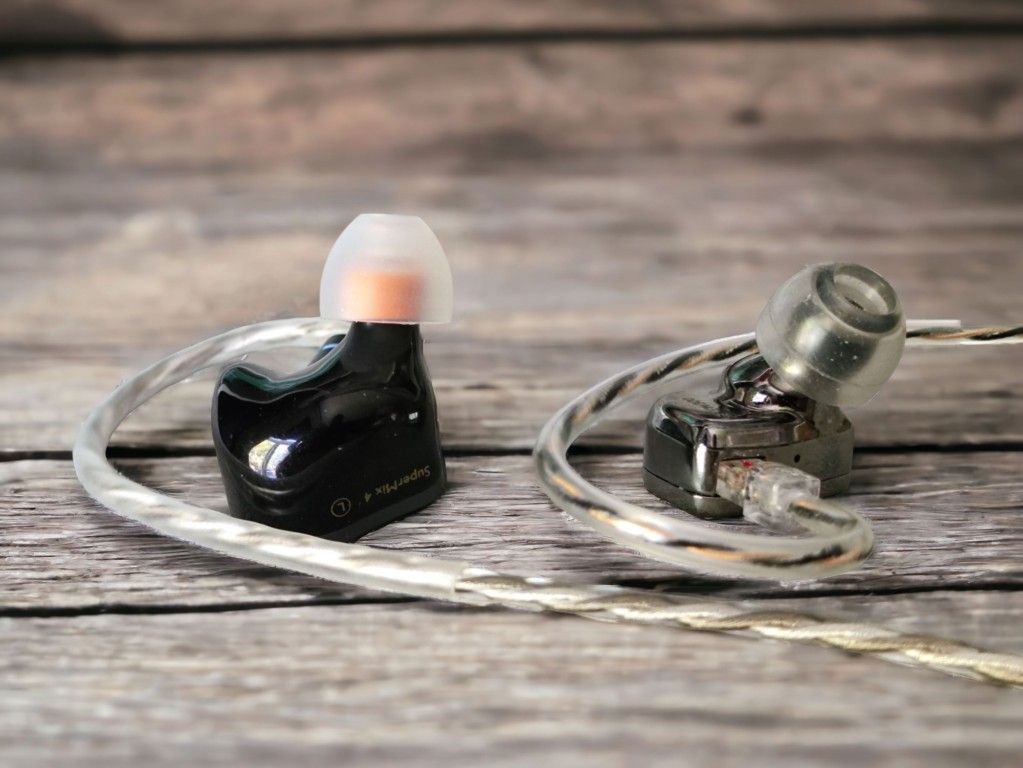
COMPARISONS
It Should Be Obvious by Jørn Øien Trio
This improv jazz tune sounds great on the SuperMix 4, spacious and dynamic, with lots of nice detail and a great tonal balance. The EW300 is thicker, lusher, and more rounded. The bass is fuller. It’s got a nice presentation, but the Supermix 4 is more detailed without any real tradeoffs.
Dualist by Ola Kvernberg
The EW300 is good, but the SuperMix 4 is much more detailed, retains a balanced tonality, and offers great dynamics on this increasingly busy, complex track of modern orchestral jazz crossover. The EW300 is thicker, darker, and fuller sounding.
Nevermind by Leonard Cohen
The SuperMix 4 is wonderfully detailed. Cohen’s vocals are truly amazing; there’s lots of space between the instruments, and the layering and general imaging are great. The EW300 is also good; it’s very full and warm sounding. However, in direct comparison to the twice as expensive SuperMix 4, it lacks in detail retrieval and imaging capabilities.
Young Vivaldi Violin Concerto RV 820 I by Ensemble Modo Antiquo
Again, the SuperMix 4 is more detailed, but the EW300 holds up quite well. Their tonality is quite similar.
Sue by David Bowie
The EW300 is delicious and full-bodied, with a warm and thick yet punchy sound. The bass is especially nice, with a tactile feel. With the SuperMix 4, the bass is still quite physical, but Bowie’s vocals are pushed a bit back. There’s more detail, but at the cost of intimacy and fullness.
Plane Temp by Glasser
The SuperMix 4 is wonderfully detailed and has a great tonal balance with a warm touch and no artificially boosted and bright high end. The EW300 loses a significant amount of detail, but it’s still very satisfying to listen to.
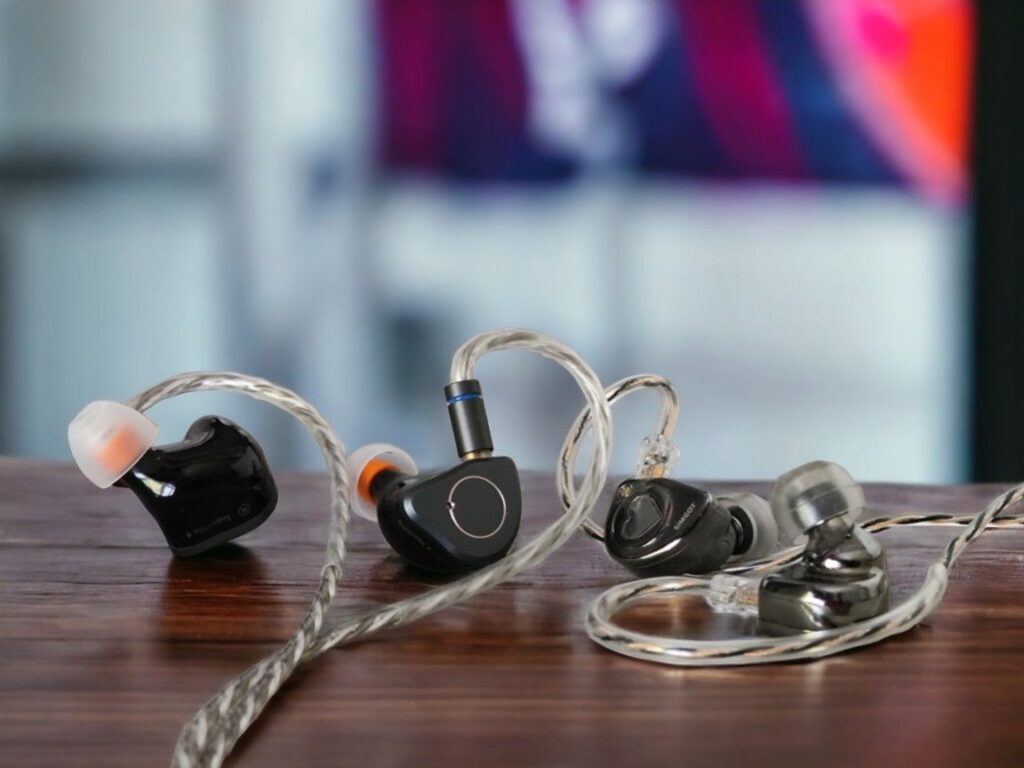
WRAPPING IT UP
Sounds Signature
The EW300 is relatively warm, thick and lush, the SuperMix 4 is very neutral with a touch of warmth.
Treble
The EW300 has a rounded and somewhat dark treble. The SuperMix 4 is very neutral in a natural way, with excellent timbre and detail.
Midrange
Both have a warmish midrange; the SuperMix 4 has more detail; the EW300 is thicker and fuller.
Bass
The bass is where they differ the least, the EW300 has an impressive bass, which is very tactile and dynamic. The SuperMix 4 is great too, but it’s not better.
Soundstage and Imaging
The EW300 has a very intimate soundstage and not very impressive imaging in absolute terms. The SuperMix 4, on the other hand, has a nicely wide soundstage and excellent imaging and layering.
Detail, Dynamics, and Timbre
When it comes to detail retrieval in the midrange and treble, there is no contest, the SuperMix 4 is far superior. As mentioned, they are more equal in the bass department. This also goes for dynamics; the EW300 does not stand back for the more expensive SuperMix 4 in the lower regions. In the midrange and the treble, however, the SuperMix 4 has significantly better articulation and dynamic contrast.
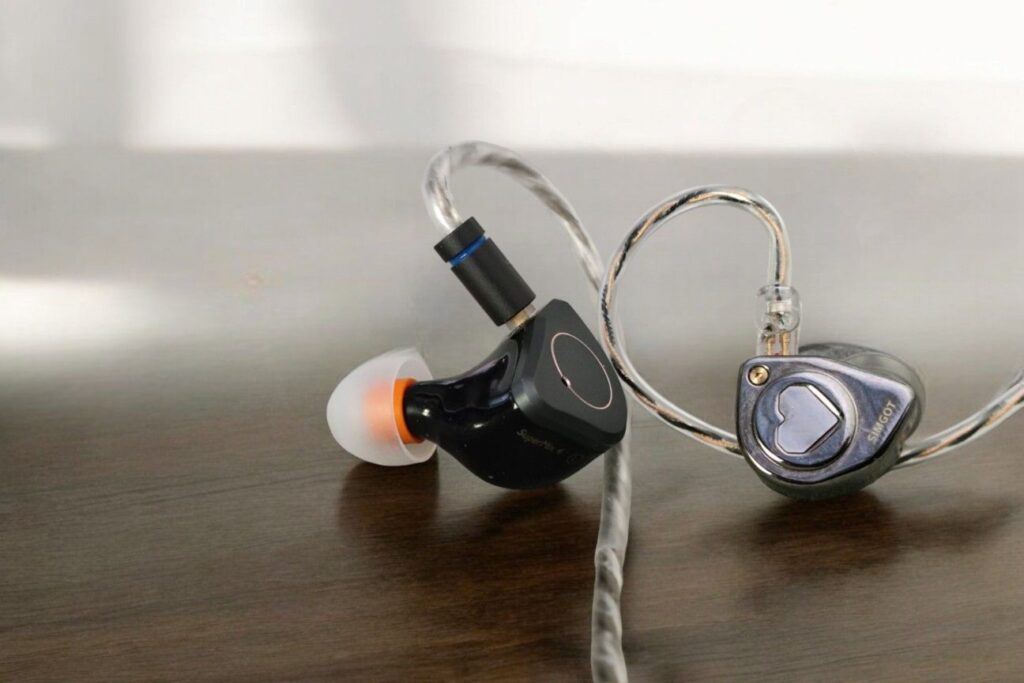
CONCLUSION
In most respects, the $149 SuperMix 4 is superior to the $69 EW300. It’s significantly more detailed, nuanced, has a larger soundstage, and much better imaging. All this while maintaining a natural timbre and balanced tonality with nice warmth. What is the most similar between the two is the bass, where the EW300 is truly excellent for the price. The EW300 is also generally thicker and fuller sounding, which might be perceived as a more intimate listening experience.
All in all, I think both are great at their respective price points, and they are good at what they do. But to me, there is no problem defending the higher price of the Simgot SuperMix 4.
You can support us by purchasing anything using our links;
- Linsoul: SuperMix 4
- Amazon: SuperMix 4
- Amazon: Simgot EW300
- Linsoul: Simgot EW300
Any purchase you make on Amazon or Linsoul with any of our affiliate links will give us a small provision at no cost to you.
We only get a provision for items that are not returned, so there’s no incentive for us to recommend something that’s not good.
Linsoul : Headphones, Earbuds, Wireless Earbuds, Desktop DAC/AMP, Portable DAC/AMP, Digital Audio Players,
Amazon: Headphones, IEMs, Headphone Amplifiers, Home Audio or Anything else.
.
If you enjoyed this article or other content on The Headphoneer, you might consider leaving a small donation to keep this website up and running. No donation is too small. Thanks for supporting us!
If you like our work please follow us on Instagram, Facebook and Twitter , it will help us grow. Sharing is caring 🙂


